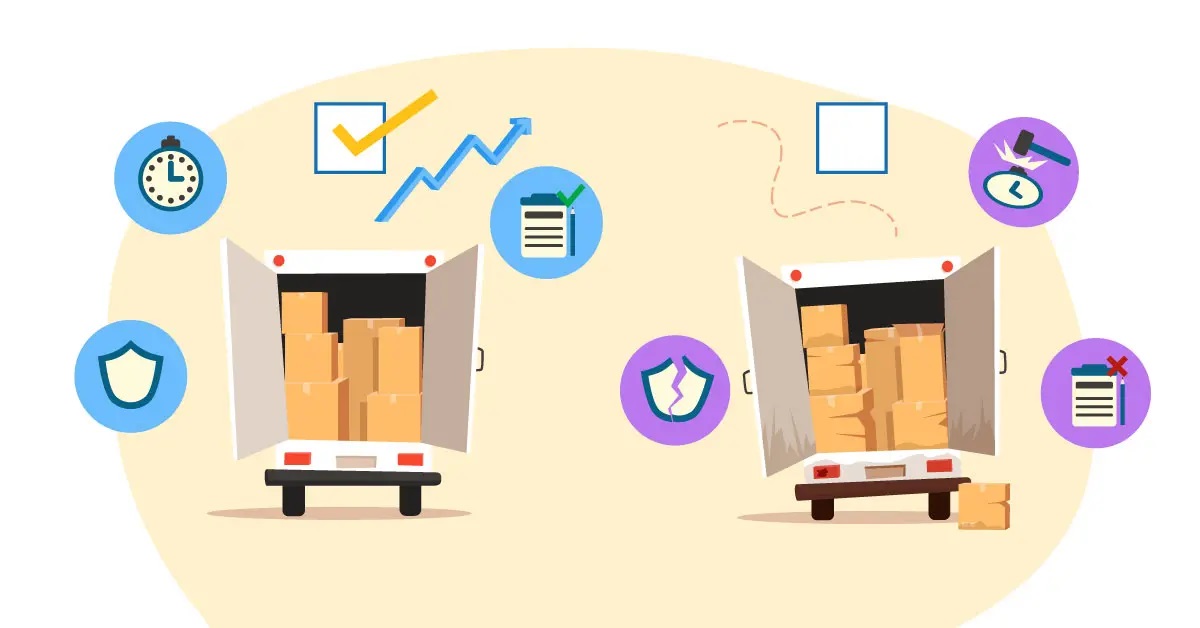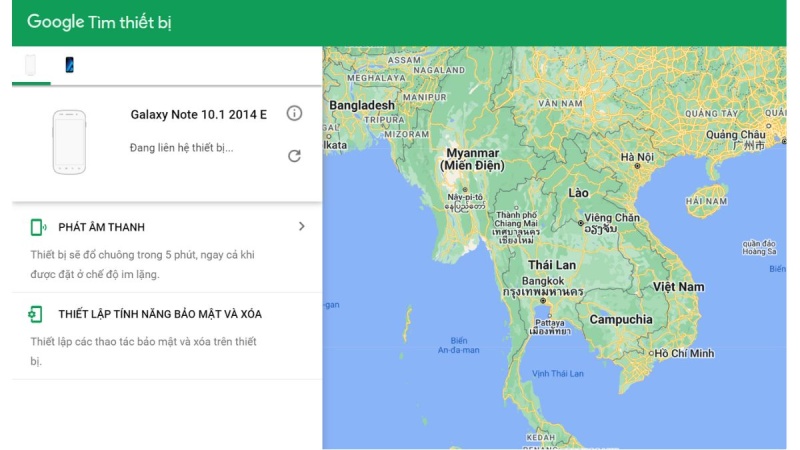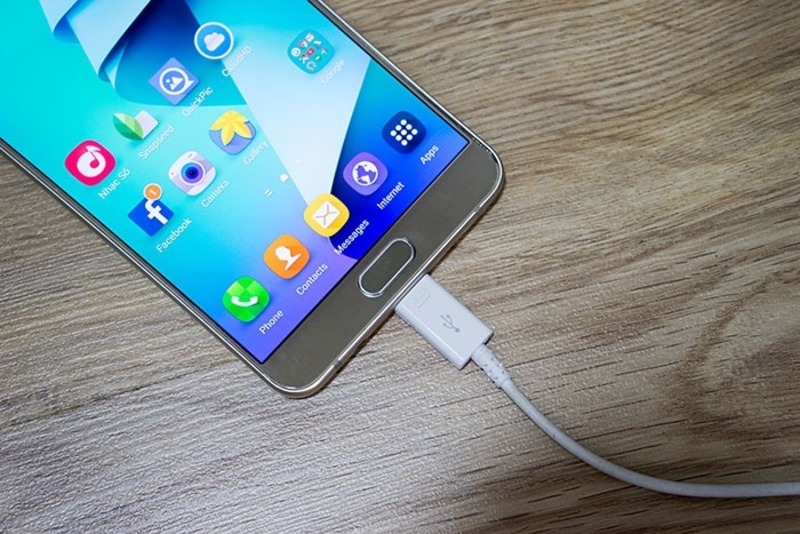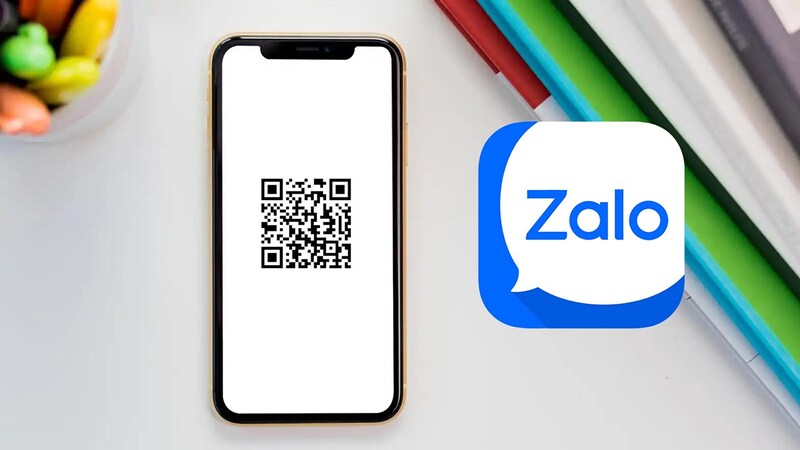What is FOB? This is a common term in international trade. This is one of the widely used Incoterms terms. This term appears in international sales contracts. FOB stipulates the responsibilities and costs that buyers and sellers must bear. Understanding FOB is very important in today’s global business context. This knowledge helps businesses save costs and minimize risks. In addition, it also helps optimize logistics processes and supply chain management. So what are the important features of FOB? Let’s find out in detail in this article.
FOB concept
FOB stands for “Free On Board” or “Freight On Board”. This is a common delivery term in international trade. This term stipulates that the seller’s responsibility ends when the goods are on board the ship. Before the goods are shipped on board the ship, all responsibility belongs to the seller. However, once the goods are on board the ship, all responsibility and risk will be transferred to the buyer. The point of risk transfer is the ship’s rail at the port of departure.
Bạn đang xem: FOB là gì? Hiểu chi tiết về giá FOB trong xuất nhập khẩu hàng hóa
 What is the concept of FOB in international trade?
What is the concept of FOB in international trade?
FOB price does not include shipping and insurance costs. This means that the buyer is responsible for the cost of hiring a means of transport and the cost of insurance for the goods. In addition, the buyer is responsible for other costs. The name of the loading place will be attached to the contract along with “FOB”. This is also where the risk is transferred from the seller to the buyer. Please note: FOB price does not include the costs related to ocean transportation and ocean insurance.
For example: A buyer buys goods in Singapore and imports them to Vietnam. They need to go through Da Nang port. They will then need to pay for the shipping costs. In addition, the business must also purchase insurance for the shipment during the shipping process. This means that all shipping and insurance costs will be the responsibility of the buyer.
What is the formula for calculating FOB?
To calculate the FOB price, it is necessary to determine the specific costs from the point of departure until the goods are loaded on board the ship. First, the FOB price includes: the price of the product at the seller’s factory or warehouse. Then, add the cost of packaging and storing the goods before shipping.
Next, calculate the cost of transporting the goods from the factory or warehouse to the port of departure. In addition, the cost of customs clearance for export in the country of departure must be calculated. This includes taxes, fees and charges related to the export process. The cost of loading the goods onto the ship at the port of departure must also be included in the FOB price.
To be more concise, we have the following formula. FOB price = cost related to transporting goods to the port of shipment + loading fee + export clearance fee + taxes and other costs incurred before the goods are loaded onto the ship.
 To calculate the FOB price, it is necessary to determine the specific costs from the point of departure until the goods are loaded on board the ship.
To calculate the FOB price, it is necessary to determine the specific costs from the point of departure until the goods are loaded on board the ship.
More specifically, the detailed formula is as follows. FOB price = Price of finished goods + Container lifting fee + Customs declaration fee + Domestic container pulling fee + Certificate of origin application fee (if required) + Fumigation and quarantine fee + Maintenance fee.
Another important factor is the cost of inland insurance (if any) from the factory to the port of departure. All these costs will be added together to form the FOB price.
Responsibilities of the buyer and seller in the FOB contract
In the FOB (Free on Board) contract, the responsibilities of the buyer and seller are clearly divided according to the stages of the goods transportation process. So what are the responsibilities of the buyer and seller in the FOB contract?
Seller’s responsibilities
In a FOB (Free on Board) contract, the seller is largely responsible for ensuring that the goods are properly prepared and delivered. First of all, the seller must prepare and pack the goods in accordance with the agreed specifications and standards. They need to use appropriate packaging to protect the goods and comply with any special packaging requirements, if any. Ensuring the quality of packaging is an important step in avoiding loss and damage during transportation.
Once the goods are ready, the seller transports the goods to the designated port of export. This is an important part of their responsibility. This also requires efficient logistics management and coordination of inland transportation. Once the goods arrive at the port, the seller is responsible for loading the goods onto the vessel. This process involves the costs and risks involved in loading and unloading the goods. Everything needs to be ensured that the goods are handled with care to avoid damage.
 What are the seller’s responsibilities in an FOB contract?
What are the seller’s responsibilities in an FOB contract?
Xem thêm : Bảng tra cứu biển số xe các tỉnh
The seller also takes care of all customs formalities necessary for export. That is, opening customs declarations and providing all relevant documents. This is necessary for the goods to be legally cleared. The costs before the goods are loaded on board the ship are also borne by the seller. This includes container lifting fees, certificate of origin fees if required, quarantine fumigation fees, and handling fees.
Buyer’s responsibilities
In an FOB contract, the buyer’s role is very important. It does not stop at receiving the goods. The buyer needs to ensure that the goods are delivered to the final destination safely and on time. This involves many steps. These include selecting the means of transport, paying for shipping and insurance, handling customs and import procedures. They also have to arrange and transport the goods from the port to the warehouse.
First, the buyer must select the appropriate means of transport and carrier. In addition, the means of transport must meet the special transport requirements of the goods.
Second, the buyer must pay the costs associated with transporting the goods from the port of export to the port of destination. This includes both shipping and insurance costs. This applies if the safety of the goods is required. This requires accurate cost calculations and timely payment as agreed in the contract.
 What are the buyer’s responsibilities in an FOB contract?
What are the buyer’s responsibilities in an FOB contract?
Third, the buyer must take care of all customs and import procedures when the goods arrive at the port of destination. This includes opening customs declarations and paying import duties. They also need to complete relevant paperwork to ensure that the goods are legally imported. Finally, the buyer is also responsible for arranging and receiving the goods at the port of destination. They then transport the goods from the port of destination to their warehouse.
Terms related to FOB
In international contracts and transportation, the related terms are intended to clearly define each part of the responsibility and the related costs. This helps to ensure accuracy in sales transactions. Let’s find out what the related terms to FOB are.
FOB Destination:
- The seller is responsible for transporting the goods to the destination.
- The seller is responsible for the goods until they are delivered to the buyer.
- Buyer pays the costs from port to destination and related fees.
FOB Shipping Point:
- Buyer is responsible for shipping from port to destination.
- The buyer is responsible for the goods from the time they are loaded onto the vessel.
- Buyer pays shipping costs and related fees.
FOB Charges:
- Costs of loading, unloading, port services and transportation.
- Including loading and unloading fees from the ship, port fees, delivery, packaging.
- Other costs related to shipping are also included.
FOB Origin:
- Equivalent to FOB Shipping Point terms.
- Buyer is responsible for shipping from port to destination.
FOB Bill of Lading:
- Shipping documents from port to point of receipt.
- Issued by the carrier.
- Proof of delivery and can be used for payment.
- Represents the transfer of ownership of goods.
 The FOB terms are intended to clearly define each part of the responsibility and the costs involved.
The FOB terms are intended to clearly define each part of the responsibility and the costs involved.
Distinguishing FOB and CIF
We have understood the concept of FOB. There is a concept that is often confused with FOB, which is CIF (Cost, Insurance, Freight). Both of these concepts are international trade terms. They define when and where responsibility is transferred from the seller to the buyer.
Each term has different responsibilities and costs. The distinction between FOB and CIF not only affects the way transactions are made, but also relates to risk management and financing in the supply chain. To better understand the differences between FOB and CIF, we need to analyze both in more detail.
What is CIF?
Xem thêm : Torrent là gì? Những điều cần biết về Torrent
Cost, Insurance, Freight (CIF) is an international trade term. CIF specifies that the seller is responsible for transporting the goods to the port of destination. The seller must also insure the goods during the journey. The cost of transportation and insurance is included in the selling price. Under CIF terms, the seller pays the cost of transporting the goods. The seller is also responsible for any loss or damage that occurs before the goods are delivered. The goods are deemed delivered when they pass the ship’s rail at the port of export. This is similar to the concept of what FOB is.
The buyer is only responsible from the time the goods arrive at the port of destination. The buyer pays the costs from the port to the warehouse or final location. CIF is often used for sea freight. CIF helps the buyer avoid the risk of transportation and insurance. The seller bears the risk until the goods pass the ship’s rail. This reduces the administrative burden on the buyer. CIF also requires the seller to arrange transportation and insurance. The seller is responsible for issuing a shipping document to the buyer, which is a prerequisite for receiving the goods at the port of destination.
 CIF specifies that the seller is responsible for transporting the goods to the port of destination.
CIF specifies that the seller is responsible for transporting the goods to the port of destination.
In short, CIF is an international trade term. It places the responsibility of transportation and insurance on the seller. CIF reduces the risk and management work for the buyer. This term is common in international transactions, especially by sea.
Similarities between CIF and FOB
Both the terms CIF (Cost, Insurance, Freight) and FOB (Free on Board) are two concepts in international trade. They are both applied in effective international sales transactions. So what is the similarity between CIF and FOB?
FOB means that the seller is responsible until the goods are loaded on board the ship at the port of export. The buyer then pays the shipping costs, insurance and risks from the port of export to the final destination. This term is often used when goods are transported by sea.
Meanwhile, CIF terms require the seller to be responsible for transporting the goods to the port of destination. They must also purchase insurance for the goods during the transportation. The cost of transportation and insurance will be included in the selling price. The buyer only has to take responsibility from the time the goods arrive at the port of destination. They then pay the related costs from the port to the warehouse or final destination. CIF is often applied when goods are transported by sea and helps the buyer reduce risks and management work.
 Both the terms CIF and FOB are two concepts in international trade.
Both the terms CIF and FOB are two concepts in international trade.
In short, both terms are important in international trade. These two concepts help clearly define the responsibilities of transportation, insurance and costs between the seller and the buyer.
What is the difference between CIF and FOB?
The main difference between CIF and FOB in international trade lies in the responsibility and cost of transportation. Specifically:
CIF:
- The seller is obliged to ensure that the goods are delivered to the port of destination.
- The seller purchases insurance for the goods during the journey.
- Shipping and insurance costs are included in the selling price of the goods.
- The buyer is responsible from the time the goods arrive at the port of destination.
FOB:
- The seller is responsible for the goods until they are loaded on board the vessel at the port of export.
- The buyer is responsible for shipping and insurance from the port of export to the destination.
- The buyer bears all risks and costs after the goods pass the ship’s rail.
 The main difference between CIF and FOB lies in the responsibility and cost of shipping.
The main difference between CIF and FOB lies in the responsibility and cost of shipping.
Thus, CIF places more responsibility on the seller. This helps the buyer reduce the risks associated with shipping and insurance. Meanwhile, FOB gives the buyer more control over the shipping and insurance process. However, that means they have to bear more risks during the shipping process.
Conclude
Above are the shares about the concept of what FOB is, and also help you distinguish many different concepts related to international trade transactions. Don’t forget to explore other interesting related information below.
SEE MORE:
Nguồn: https://tuyengiaothudo.vn
Danh mục: Hỏi Đáp










